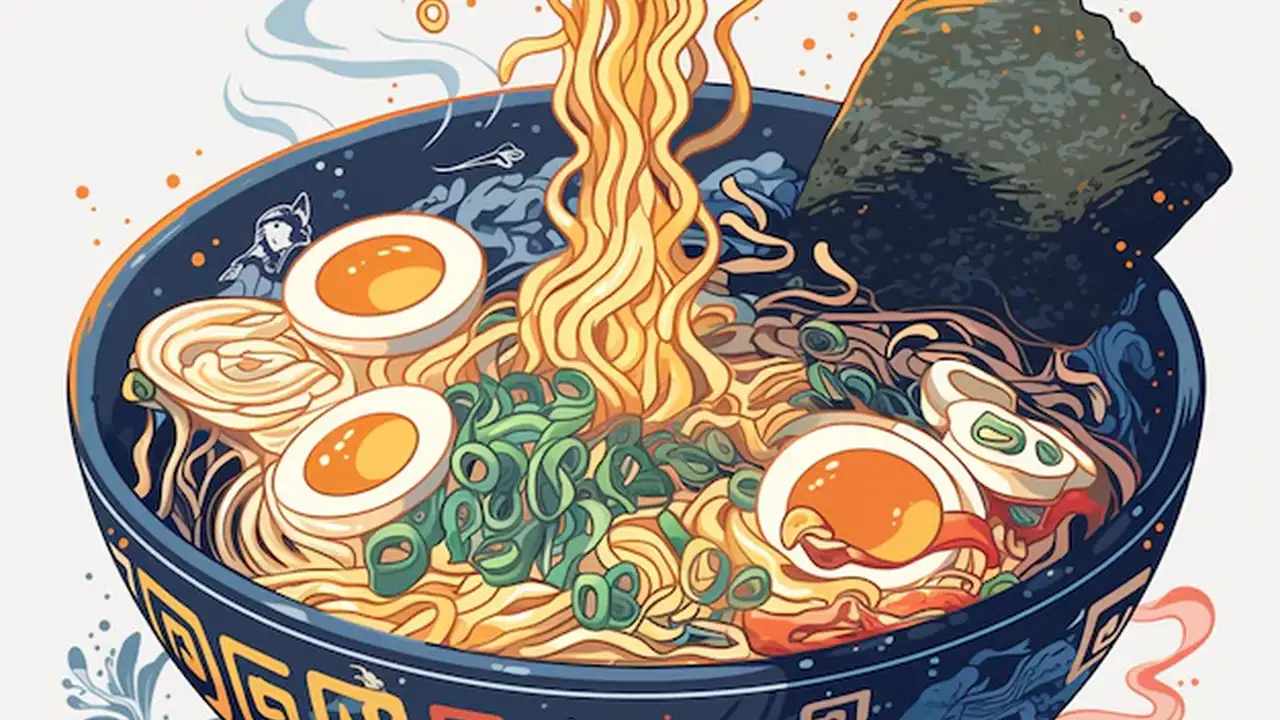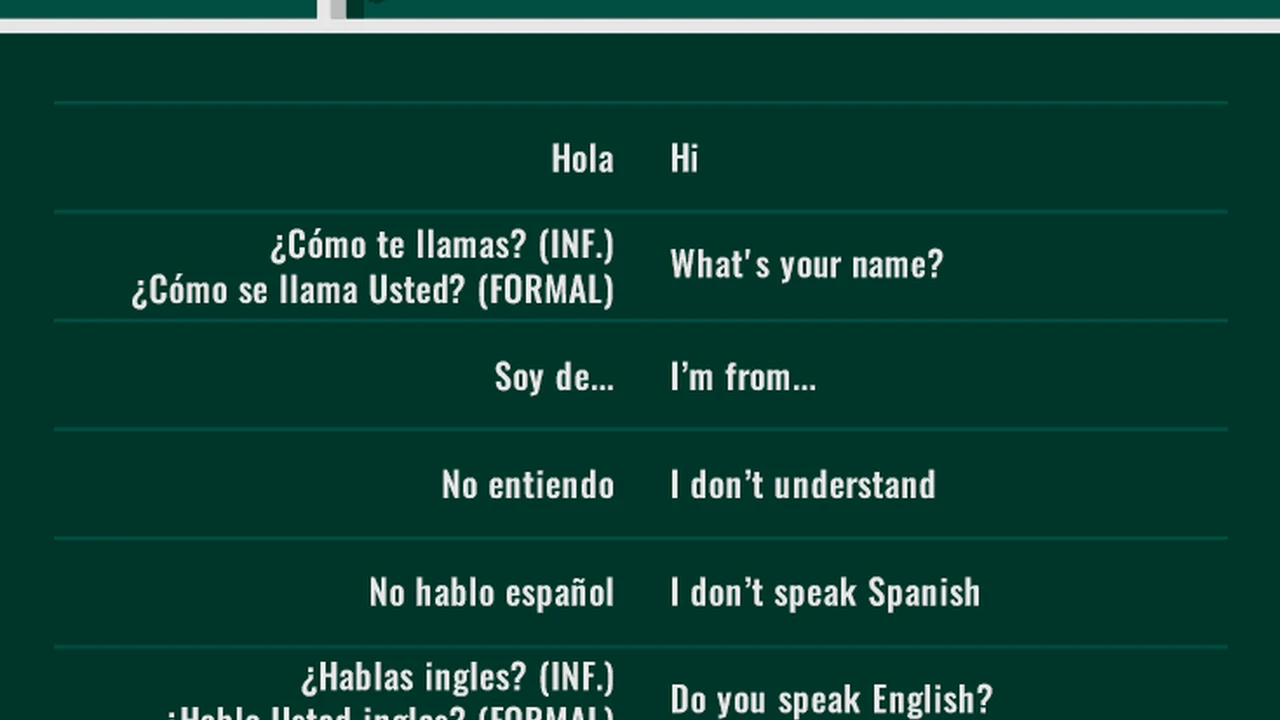Hokkien Mee: Thick Noodles in Dark Soy Sauce

What is Hokkien Mee A Malaysian Culinary Staple
Alright, let's dive into the delicious world of Hokkien Mee! If you're wandering around Malaysia, especially in bustling cities like Kuala Lumpur or Penang, you absolutely HAVE to try this dish. It's a culinary icon, a comforting bowl of thick yellow noodles swimming in a rich, dark soy sauce gravy. But it's so much more than just noodles and sauce; it's an experience!
Hokkien Mee (福建面) literally translates to "Fujian Noodles," hinting at its origins. Fujian is a province in China, and Hokkien refers to the dialect spoken by many Chinese immigrants who settled in Malaysia. While the dish has its roots in Fujian cuisine, Malaysian Hokkien Mee has evolved into something uniquely its own.
The Magic Behind the Dish Ingredients and Preparation of Hokkien Mee
So, what makes Hokkien Mee so special? It's all about the ingredients and the way they're cooked. The star of the show is definitely the thick yellow noodles. They're usually a bit thicker than your average noodles, giving them a satisfying chewiness. Then there's the dark soy sauce, which is the key to that rich, savory flavor. It's not just any soy sauce; it's a special blend that gives the dish its signature dark color and deep umami taste.
But wait, there's more! Hokkien Mee is usually stir-fried with a medley of other goodies. Think succulent prawns, crispy pork lard (oh yeah!), slices of fish cake, and sometimes even squid or cockles. Bean sprouts add a refreshing crunch, and a sprinkle of fried shallots provides a fragrant finishing touch. Some vendors even add a dollop of sambal chili paste for an extra kick.
The cooking process is just as important as the ingredients. Hokkien Mee is traditionally cooked over a high heat in a well-seasoned wok. This gives the noodles a slightly charred, smoky flavor known as "wok hei" (鑊氣), which is considered essential to a good Hokkien Mee. The chef needs to be a master of the wok, tossing and turning the ingredients with precision to ensure everything is cooked evenly and infused with that smoky goodness.
Where to Find the Best Hokkien Mee in Malaysia Top Hokkien Mee Spots
Now, the million-dollar question: where can you find the best Hokkien Mee in Malaysia? Well, that depends on who you ask! Everyone has their favorite spot. But here are a few legendary places to get you started:
- Kim Lian Kee (金莲记), Kuala Lumpur: This is arguably the most famous Hokkien Mee stall in KL, with a history dating back to the 1920s. They're known for their incredibly flavorful noodles and generous portions. Expect a queue, especially during peak hours!
- Ah Wah Hokkien Mee (亚华福建面), Kuala Lumpur: Another popular spot in KL, Ah Wah is known for its slightly drier version of Hokkien Mee, with a strong "wok hei" flavor.
- Hock Seng Hin (福成兴), Penang: If you're in Penang, Hock Seng Hin is a must-try. Their Hokkien Mee is cooked with a slightly sweeter sauce, reflecting the Penang style.
- 888 Hokkien Mee, Johor Bahru: A local favorite in Johor Bahru, 888 Hokkien Mee is known for its rich and flavorful broth.
These are just a few suggestions, of course. The best way to find your favorite Hokkien Mee is to explore and try different stalls! Ask the locals for recommendations; they'll be happy to point you in the right direction.
Hokkien Mee Variations Across Malaysia Regional Twists and Preferences
While the basic concept of Hokkien Mee remains the same, you'll find variations across different regions of Malaysia. For example, Penang Hokkien Mee (also known as Hokkien Prawn Mee or Hae Mee) is a completely different dish! It's a prawn-based noodle soup with a spicy and flavorful broth, topped with prawns, pork slices, and fried shallots. Don't get them confused!
In some regions, you might find Hokkien Mee cooked with different types of seafood, such as cockles or squid. Some vendors might add more vegetables, while others might focus on the meat. It's all about personal preference and regional specialties.
Beyond the Noodles Enhancing Your Hokkien Mee Experience with Condiments and Drinks
To truly enjoy your Hokkien Mee experience, consider pairing it with some complementary condiments and drinks.
A dollop of sambal chili paste can add a welcome kick of heat to the dish. Some people also like to squeeze a bit of lime juice over their noodles for a tangy flavor. Pickled green chilies are another popular accompaniment.
As for drinks, a refreshing glass of Chinese tea is a classic choice. It helps to cut through the richness of the noodles and cleanse your palate. Other popular options include iced lemon tea, barley water, or even a cold beer.
Hokkien Mee at Home Recreating the Malaysian Classic in Your Own Kitchen
Feeling adventurous? Why not try making Hokkien Mee at home? It might seem daunting, but with a little practice, you can recreate this Malaysian classic in your own kitchen.
You'll need the following ingredients:
- Thick yellow noodles
- Dark soy sauce
- Light soy sauce
- Oyster sauce
- Prawns, peeled and deveined
- Pork belly, sliced
- Fish cake, sliced
- Bean sprouts
- Garlic, minced
- Shallots, minced
- Pork lard (optional, but highly recommended!)
- Chicken or pork stock
Here's a basic recipe:
- Heat a wok or large frying pan over high heat. Add the pork lard (if using) and fry until crispy. Remove the pork lard and set aside.
- Add the minced garlic and shallots to the wok and stir-fry until fragrant.
- Add the prawns, pork belly, and fish cake to the wok and stir-fry until cooked through.
- Add the noodles to the wok and stir-fry for a few minutes.
- Add the dark soy sauce, light soy sauce, and oyster sauce to the wok and stir-fry until the noodles are evenly coated.
- Add the chicken or pork stock to the wok and bring to a simmer.
- Add the bean sprouts to the wok and stir-fry until they are slightly wilted.
- Serve the Hokkien Mee hot, garnished with crispy pork lard and fried shallots.
Remember, practice makes perfect! Don't be discouraged if your first attempt isn't perfect. Keep experimenting with the ingredients and cooking techniques until you find a recipe that you love.
Hokkien Mee The Perfect Meal for Any Occasion
Hokkien Mee is a versatile dish that can be enjoyed for any occasion. It's a popular street food staple, perfect for a quick and satisfying lunch or dinner. It's also a great dish to share with friends and family. Whether you're celebrating a special occasion or just craving a comforting bowl of noodles, Hokkien Mee is always a good choice.
Comparing Hokkien Mee Stalls Finding Your Favorite Flavor Profile
One of the joys of eating Hokkien Mee is exploring the different variations and finding your favorite flavor profile. Some stalls specialize in drier versions with a strong "wok hei" flavor, while others offer a more saucy and savory experience. Some stalls use more seafood, while others focus on the meat. Take the time to try different stalls and discover what you like best.
Hokkien Mee and Health Considerations Balancing Flavor and Nutrition
While Hokkien Mee is undeniably delicious, it's important to be mindful of its nutritional content. It's a relatively high-calorie and high-fat dish, so it's best enjoyed in moderation. You can make it a bit healthier by asking for less oil or adding more vegetables. Also, be aware of the sodium content, as soy sauce is a major source of sodium.
Recommended Hokkien Mee Products and Where to Buy Them
Okay, let's talk about some specific products that can help you enjoy Hokkien Mee to the fullest, whether you're making it at home or looking for the best experience while traveling in Malaysia.
Lee Kum Kee Premium Dark Soy Sauce: The Foundation of Flavor
Product: Lee Kum Kee Premium Dark Soy Sauce
Use Case: This is the quintessential dark soy sauce for Hokkien Mee. It provides that deep, rich color and slightly sweet, umami flavor that defines the dish.
Comparison: Compared to other dark soy sauces, Lee Kum Kee has a consistently high quality and delivers the authentic flavor profile needed for Hokkien Mee. Cheaper alternatives might be too salty or lack the depth of flavor.
Price: Approximately RM 15-20 per bottle (500ml) at most major supermarkets in Malaysia and Asian grocery stores worldwide.
MyKuali Penang White Curry Noodle: A Quick Hokkien Mee Fix (Sort Of!)
Product: MyKuali Penang White Curry Noodle
Use Case: Okay, this isn't *exactly* Hokkien Mee, but it captures some of the same savory, umami flavors and is a super convenient option for a quick meal. Think of it as a distant cousin of Hokkien Mee.
Comparison: This instant noodle offers a richer, more complex flavor than most other instant noodles. While it doesn't have the same "wok hei" or fresh ingredients as authentic Hokkien Mee, it's a good compromise when you're short on time.
Price: Approximately RM 3-5 per packet at most supermarkets in Malaysia and online retailers.
A Good Quality Wok: Essential for Authentic "Wok Hei"
Product: A Carbon Steel Wok (e.g., Joyce Chen Pro Chef Flat Bottom Wok)
Use Case: If you're serious about making Hokkien Mee at home, a good quality wok is essential. The high heat and curved surface allow for even cooking and that all-important "wok hei" flavor.
Comparison: Carbon steel woks are preferred over non-stick woks for their ability to withstand high heat and develop a natural non-stick patina over time. Flat-bottom woks are easier to use on electric or induction stoves.
Price: Approximately RM 100-300 depending on the brand and size. Available at kitchenware stores and online retailers.
Crispy Pork Lard: The Secret Ingredient (If You're Not Vegetarian!)
Product: Homemade or Pre-packaged Crispy Pork Lard
Use Case: Crispy pork lard adds a fantastic crunch and rich, savory flavor to Hokkien Mee. It's the ultimate indulgence!
Comparison: While you can buy pre-packaged crispy pork lard, making it at home is relatively easy and allows you to control the quality and freshness. Look for pork belly with a good fat-to-meat ratio.
Price: Homemade: Varies depending on the price of pork belly. Pre-packaged: Approximately RM 10-20 per small container at some specialty grocery stores.
Hokkien Mee A Culinary Journey Through Malaysian Flavors
So, there you have it! A deep dive into the wonderful world of Hokkien Mee. It's more than just a dish; it's a cultural icon, a culinary adventure, and a testament to the rich and diverse flavors of Malaysia. Go out there, try some Hokkien Mee, and discover your own favorite version!
:max_bytes(150000):strip_icc()/277019-baked-pork-chops-with-cream-of-mushroom-soup-DDMFS-beauty-4x3-BG-7505-5762b731cf30447d9cbbbbbf387beafa.jpg)






